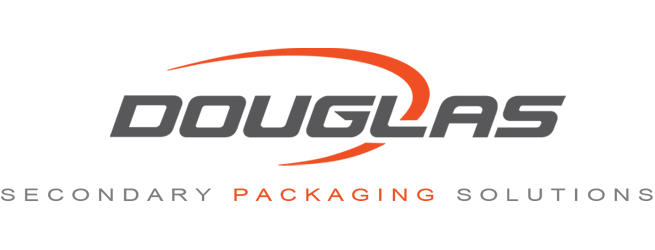Imagine you start a new job. Several days into it, you question a process and you hear the phrase “That’s just the way we’ve always done it.”
You likely step through dozens of business processes everyday by following the same steps to generate a report, resolve a complaint, contact a client, etc. There are many good reasons for standard business processes. Some processes are over-complicated for no reason, while others affect many downstream processes and need to be done a certain way for multiple reasons.
Why Streamlining Processes is Important
According to Tallyfy, the benefits of business process management are pretty wide-ranging. It can be beneficial both in short-term productivity and profits as well as the long-term ability to withstand competition and agility to make changes. Streamlined processes generally mean fewer errors and delays. Operational efficiency and quality of work can greatly improve as well.
Benefits include:
- Increased productivity by cutting out redundant or inefficient tasks
- Ability to quantify processes to evaluate efficiency and identify potential improvement areas
- Lower expenses with improved efficiency
- Helps develop a culture of innovation, making change common and welcome and not something to be feared
- Transparency in processes helps mitigate risk of human error to avoid costly mistakes and ensure compliance of rules and regulations
- Process consistency makes employees more accountable and process results are less likely to vary
- Reduction of menial work by automating tasks allows employees to focus on the more engaging and enjoyable aspects of their job, resulting in higher employee satisfaction
How to Streamline Processes
There are several steps to streamlining work processes and developing an efficient work flow to boost productivity:
Analyze Current Workflow and Identify Key Areas of Focus
Many people don’t realize all the steps involved in particular processes. It becomes rote and routine to perform the steps without conscious thought. This is why the first step towards improvement is to identify the processes and do an analysis of each step. Identify what can be improved and ask for feedback from all involved up and downstream of the process. Look for opportunities to improve. Especially look for unclear instructions and communication breakdowns. Identify steps that can or are impacting effectiveness, communication and productivity. Ensure your new proposed workflow fixes these issues and has no loopholes.
Break Down the Process, Prioritize Work and Documentation
Break your process into manageable steps. Simplicity is key while keeping the desired outcome in mind. Rank each process on its basis of importance. This ranking will help you keep your workflow properly maintained and achieve the best outcome at the end of each process. Realistically, individuals cannot carry out every process or task from memory. Each step needs to be documented.
Automate the Work Process
The process of getting a project/task delivered is prone to data errors and miscommunication. There are many software tools and apps available specifically designed to help teams streamline their processes and workflows. Advanced features are available to make complex business processes simple.
Test Your New Workflow and be Ready to Adjust
To test your workflow and evaluate how it responds to the live workplace environment. Test your workflow in an upcoming project and identify how each step of your process works. Be ready to make improvements based on your test results. It takes time to implement new processes, so be patient. Evaluate the effectiveness to ensure everything works smoothly.
Put Your New Workflow Into Action
It’s time for implementation! It is extremely important that all employees impacted by the new workflow completely understand the reason for the new process and are trained accordingly. It is a necessity that everyone understands their responsibilities and how they can help make the new process and desired outcome successful.
Continuously Innovate and Improve
Once you have implemented your workflow, be ready to refine it over time. Auditing processes to ensure accuracy and effectiveness are very important.
Streamlining Business Processes at Douglas
At Douglas, one of our company values is Continuous Innovation & Improvement. We continually challenge the status quo and strive for excellence in all our work. We proactively initiate improvements in our know-how, products, services, safety and processes. We innovate through technology and process development to create unique value. We engage in constant learning to improve our skills and understanding of our business. We tenaciously identify and drive out waste. When identifying problems, we ask what we ourselves can do to improve the situation. We are relentless in our efforts to create and sustain organized work areas and process. We initiate and embrace change for the opportunity it may present.
Business processes are documented in Standard Operating Procedures and Work Instructions and are audited on a regular basis by the Subject Matter Expert(s). At Douglas, our customer driven employee owners are working for you. We want our processes to be clear, effective and innovative to ensure that your customer experience is second to none. For more information on Douglas and our capabilities, contact us today!
